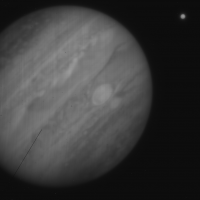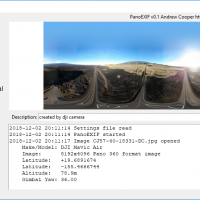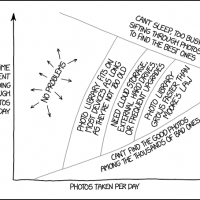One of the questions that comes up often enough is what do the pictures look like? And that question is followed by… Where can I see them.
The problem… Science data is usually pretty ugly.
Keep in mind that the astronomers are often pushing the telescopes and instruments right to the limit. This means that the data is barely there, a trickle of photons that have come from unimaginably distant sources.
I have been in the observing room as the data comes in. I have watched over the telescope operator’s shoulder. It is strange to see folks so excited over a smudge.
Continue reading “Science Images are Ugly”


